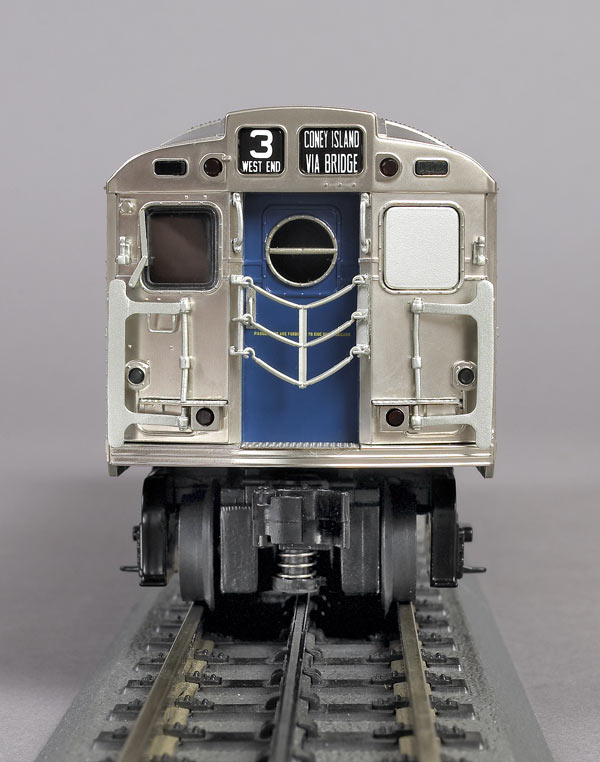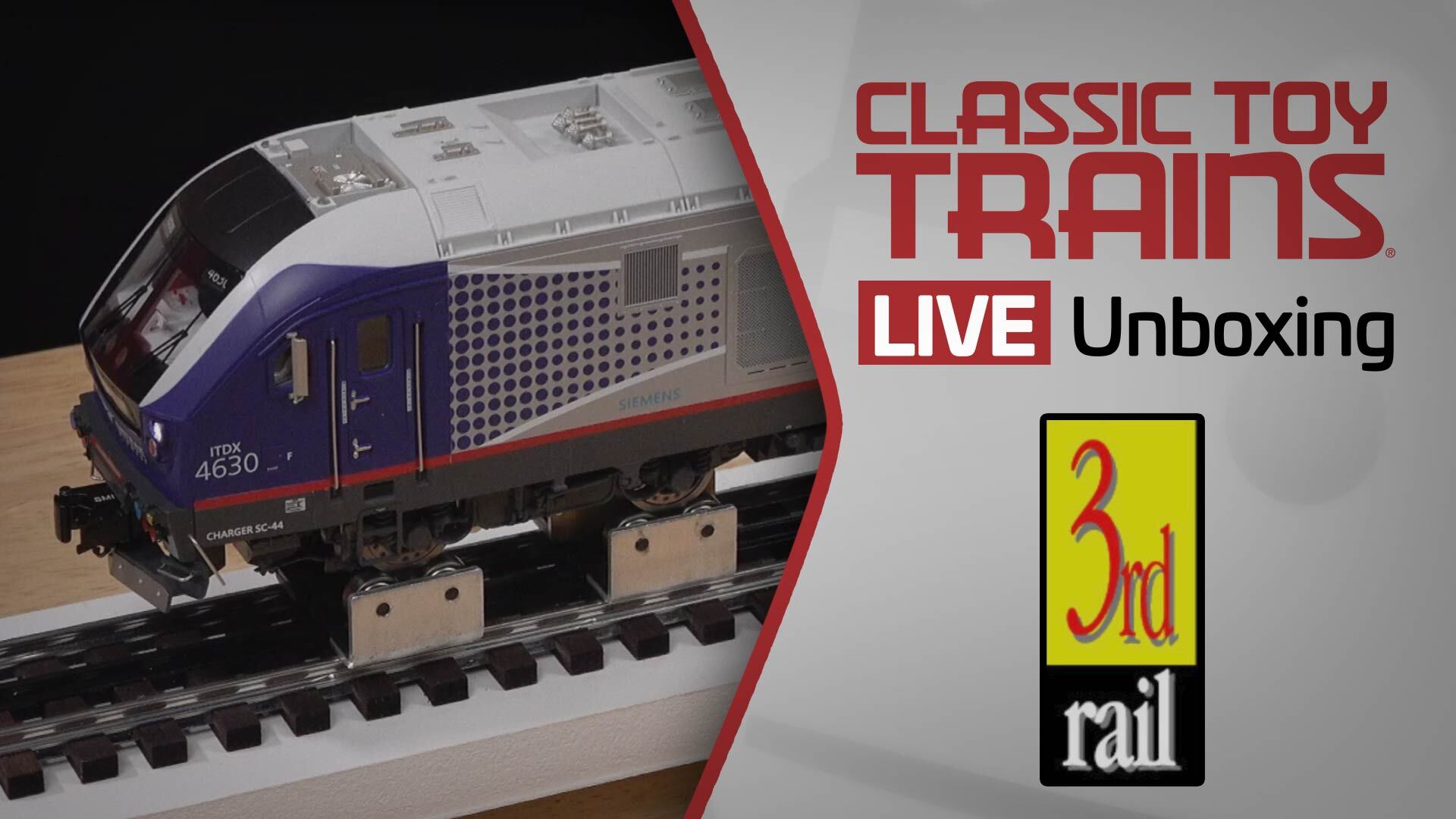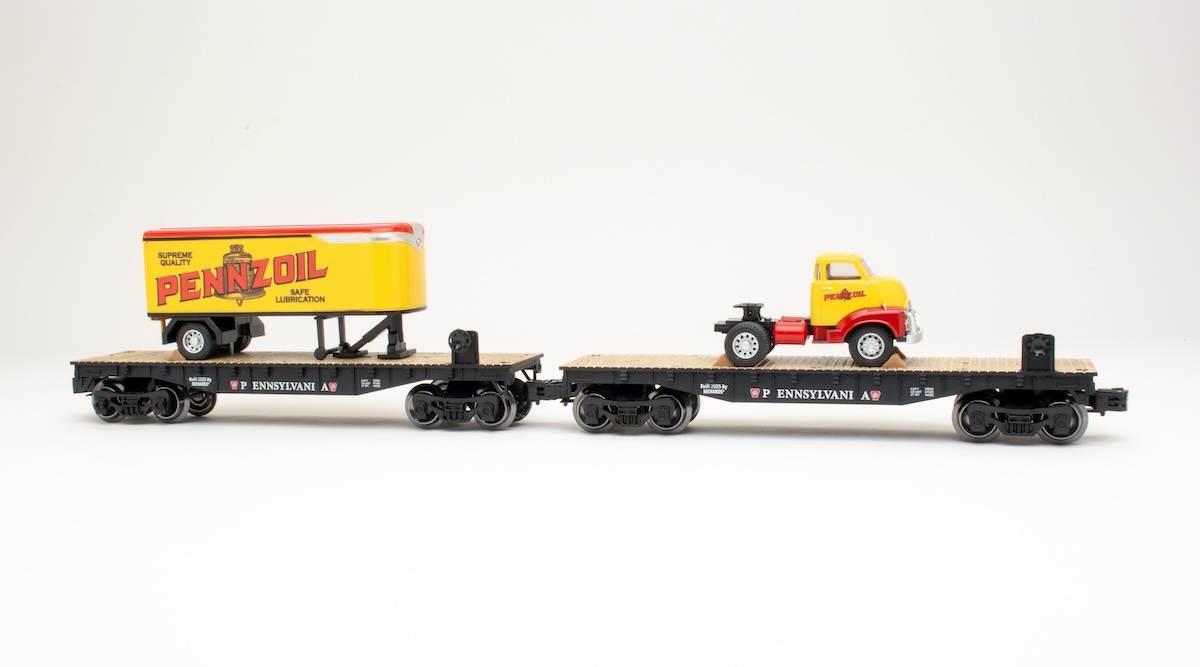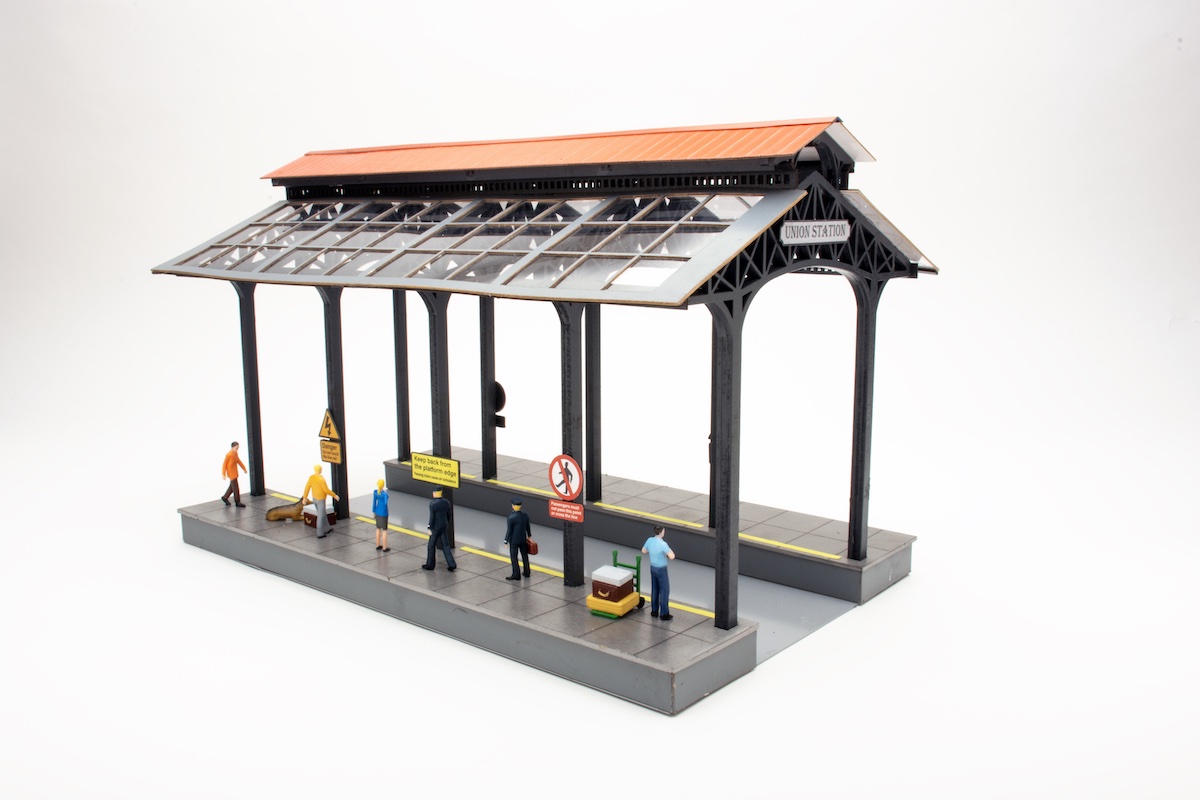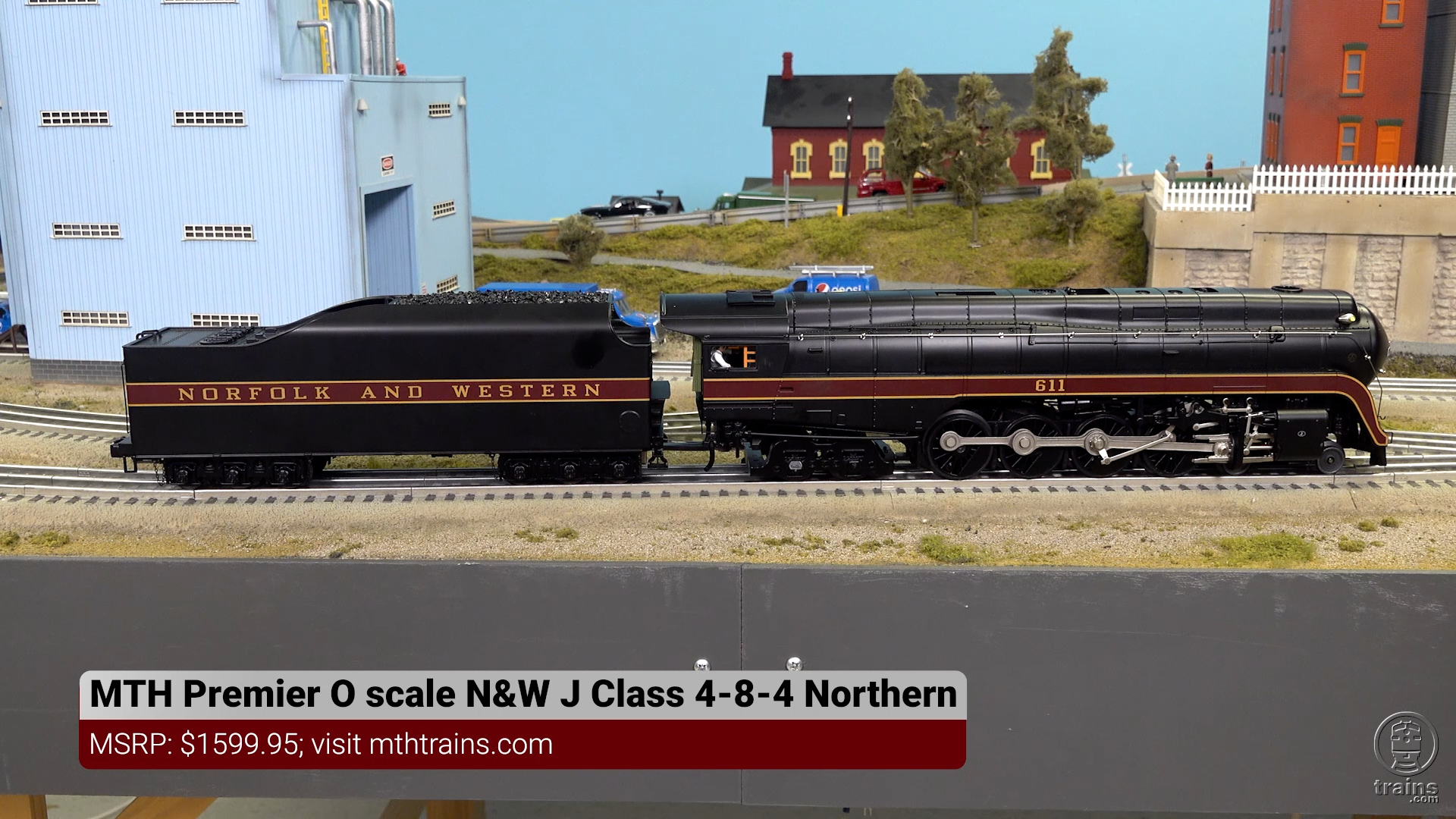They are fired through the dark, rolling along in chariots of steel through narrow passages only to be abruptly emptied out into another cavern. As their eyes adjust to the station lights, they are propelled upwards, toward the surface to begin their daily work.
Minus the cannibalism, of course.
Even without Morlocks, the subways of New York are a strange and mysterious place. They also have a national audience, thanks to Hollywood and expatriate New Yorkers who have scattered around the globe.
MTH has been at the forefront of creating O gauge subway trains (and trains for elevated railways), and the firm has added the R11/R34 rig to the Premier line.
Just as railroads continued to innovate and combine operating efficiencies with esthetic appeal, transit officials in New York sought something better for their patrons than a square box on wheels. The original R11 design was a 10-car stainless-steel prototype erected in 1947 by the Budd Rail Car Co. (of RDC fame). Features of the R11s ran from practical (improved ventilation and under-seat heaters), to efficient (electric rather than pneumatic door openers), to simply nice (windows for both seated and standing passengers).
In 1965 the cars had a major rebuilding, and were re-classified to R34. The fleer continued to operate until 1977, and was disposed of in 1980 (a single example of the class is preserved at the New York Transit Museum).
Opening the box
Generally, what you expect to see when you open a box with a subway train is pretty much a motorized passenger car. Where this MTH car takes a step or two beyond is with the nooks, crannies, and detail points represented.
The face of the car is pretty interesting. There are accordion-like add-on safety appliances that on the prototype would extend to prevent people from falling between the cars. In the doorway itself, you find a rigid add-on piece (simulating a safety cord) that will connect with another car. Both the floor and step plates have cast-in safety tread. There are a handful of lights, and the train number and route are mounted at the top for all to see.
The cab is the standard subway “half cab,” with the motorman’s position on one side of the car and a “plate” filling the window on the other side.
The end doors are blue, with silver-painted handles and a circular window with silver trim. I thought this was a neat art deco design element.
The car shell featured a nice mix of deep extrusions and flat, smooth panels on the sides. Some fine rivet heads are cast in around the window frames. The roof has a nice pattern of extrusions as well. But the nicest element of the car design is the exceptionally intricate cast-in screen pattern for the air ventilation. These are about a half-inch in width and run for about 12 inches on both sides of the edge of the roof. You’ll find some fine rivet head detail spotted along both arrays.
The double-slit windows were interesting from my perspective. They are 1¼ inches long and ¼ inch high. They have a brace between one another and boast fine rivet head detail around the window frames.
Toward the rear of the car there are pairs of even smaller slits between the top window and the roof. If you look at the car’s sides, you can see that they have the train’s routing information so passengers on a station platform can read it. Cool.
The side doors are rigid (they don’t open), but they have portholes and a black accent stripe running down the middle, which makes it look like the doors are ready to split open at a moment’s notice.
The underside of the car has a nice level of detail to include battery boxes, air tanks, and something with a cast-in screen that I infer is a cooling screen for the propulsion system. You’ll also find the volume control and backup battery charger point nestled near the rear of the powered car.
Let me also note that the rear motorman’s cab is empty, so gone is the illogical appearance of having two motormen in a single unit.
The paint job is minimalist (silver body, blue doors) but well executed. Other than the train and route signs, the only lettering applied to the body is the car number.
On the test track
The speed performance of our sample was good. The conventional-mode low-speed was 6.8 scale mph, while the command-mode speed was 3.6. The high-speed average was 44.5 scale mph.
The drawbar pull for the powered unit was 1 pound, 8 ounces.
The sound package seems authentic, but the mechanical sounds are about as sedate as those of an electric locomotive. The background sounds of people and assorted station noises are the payoff (and smile generator).
Where freight and passenger locomotives all have operating sequences, so too does the subway. This has a passenger station stop routine where the train runs, announces the stop, and stops. After passenger movement noises sound, the train prepares to leave and then takes off for the next stop.
There are six lights on the lead unit: two headlights up high, two running lights a bit farther down, and two marker lights close to a ditch-light height on the cars. Running forward, the upper two tiers are illuminated and the bottom lights are off.
Change the subway’s direction and the upper lights are on, the middle lights are off, and the bottom pair runs red to protect the rear of the train.
The destination board on the end of the train illuminates, as does an “EXP” for “express,” just above the motorman. The route signage above the side windows doesn’t illuminate, but the passenger compartment has lighting.
Though rooted in the bygone days of New York City’s urban transit, the appearance of the R34 car set actually looks pretty modern. The silver look of the cars and the unique shape of the windows (oval and slit), give this train a look that suggests the present more than it does the 1950s.
The fact that other than the destination signage there are no identifying marks that nail this train down to New York City should broaden its appeal to anyone who might want a subway (or elevated railway train) on a model railroad where the Big Apple conflicts with the line’s theme.
The MTH R34 subway is a solid addition to its Premier line transit fleet. This O gauge subway has the solid feel of a well made product. The train’s motorized unit is powerful enough to haul freight if (you wanted to), and the sound package has an authentic “You are there” aspect to it.
If you’re a New York subway fan, or maybe you have your own urban transit vision for your layout, check out this model at your MTH retailer.
Price: $499.95 (no. 28269 powered unit), $219.95 (no. 28270 unpowered)
Features: O-36 operation, powered unit has two can-style motors, Legacy command and sound systems, smoke unit, and coil couplers; unpowered unit has lights and smoke unit.





